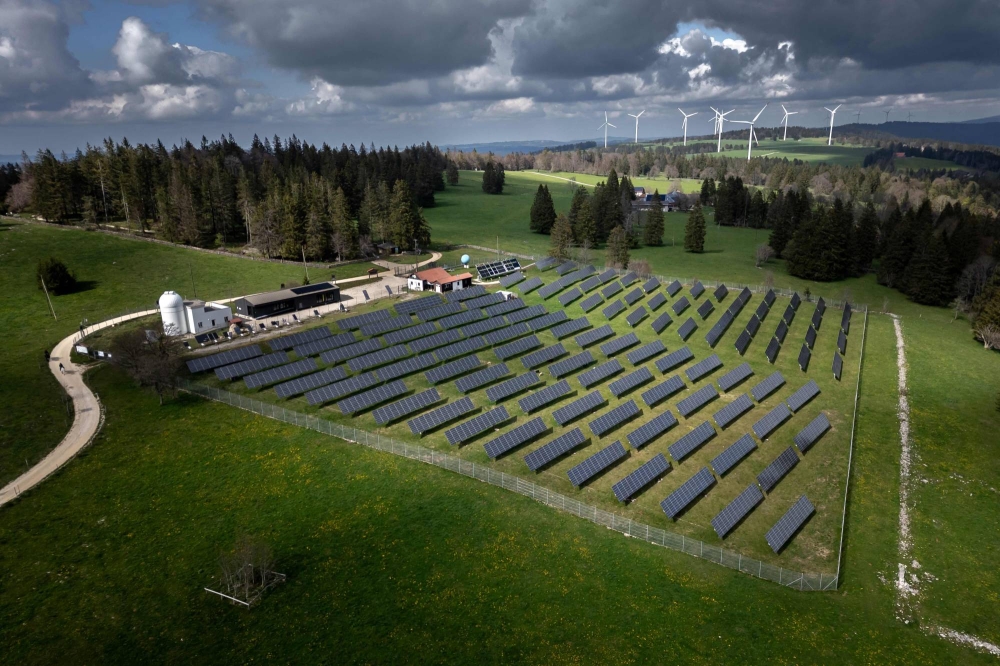Investment in clean energy technologies will climb to $2 trillion this year, almost double the amount spent on fossil fuels, according to the International Energy Agency.
Two-thirds of the record $3 trillion invested in energy sources in 2024 will be devoted to sectors such as renewables, electric vehicles, nuclear power, grids, storage and efficiency, even as higher financing costs hinder projects, the Paris-based agency said. The remaining $1 trillion will go to coal, gas and oil — a level that’s still too high to conform with global climate goals.
“We’ve reached an important landmark,” IEA Executive Director Fatih Birol said in an interview as the agency published its annual World Energy Investment report. “Clean energy investment is setting new records even in challenging economic conditions.”
Combined investment in renewable power and grids has overtaken the amount spent on fossil fuels for the first time. Some green projects have been impeded by rising interest rates, but this been offset by “easing supply chain pressures and falling prices,” the IEA said in its report.
The growth is “underpinned by strong economics, by continued cost reductions and by considerations of energy security” heightened by Russia’s invasion of Ukraine, it added.
Solar power is leading the power’s sector’s transformation, with investment in the area set to reach $500 billion this year — more than the money flowing into all other electricity generation technologies combined.
Total investment in renewables and nuclear power for electricity generation has reached 10 times the amount directed at fossil fuel-fired generation, according to the report. When the Paris agreement on climate change was struck in 2015, that ratio stood at two-to-one.
“We see renewed momentum in nuclear power investments,” Birol added.
China will account for the largest share of clean energy investment, with around $675 billion this year, as a result of strong domestic demand for solar power, lithium batteries and electric vehicles, according to the report. Still, clean energy investment in other emerging and developing economies remains low, at about $320 billion, accounting for just 15% of the global total, it said.
Nonetheless, the expansion of fossil fuel demand continues at a pace that leaves the world on track for potentially catastrophic climate change.
Investment in new oil and gas supplies will increase by 7% this year to $570 billion, mostly concentrated in national oil companies in the Middle East and Asia, according to the report.
In order to reach the goal of net zero carbon emissions by 2025 — and limit global temperature increases to 1.5 degrees Celsius above preindustrial levels — spending on fossil fuels would need to be halved, while an additional $500 billion per year would need to be spent on renewables.
“When we look at these trends it is definitely encouraging, but they fall short,” Birol warned. “We are far from reaching the 1.5 degrees trajectory.”

